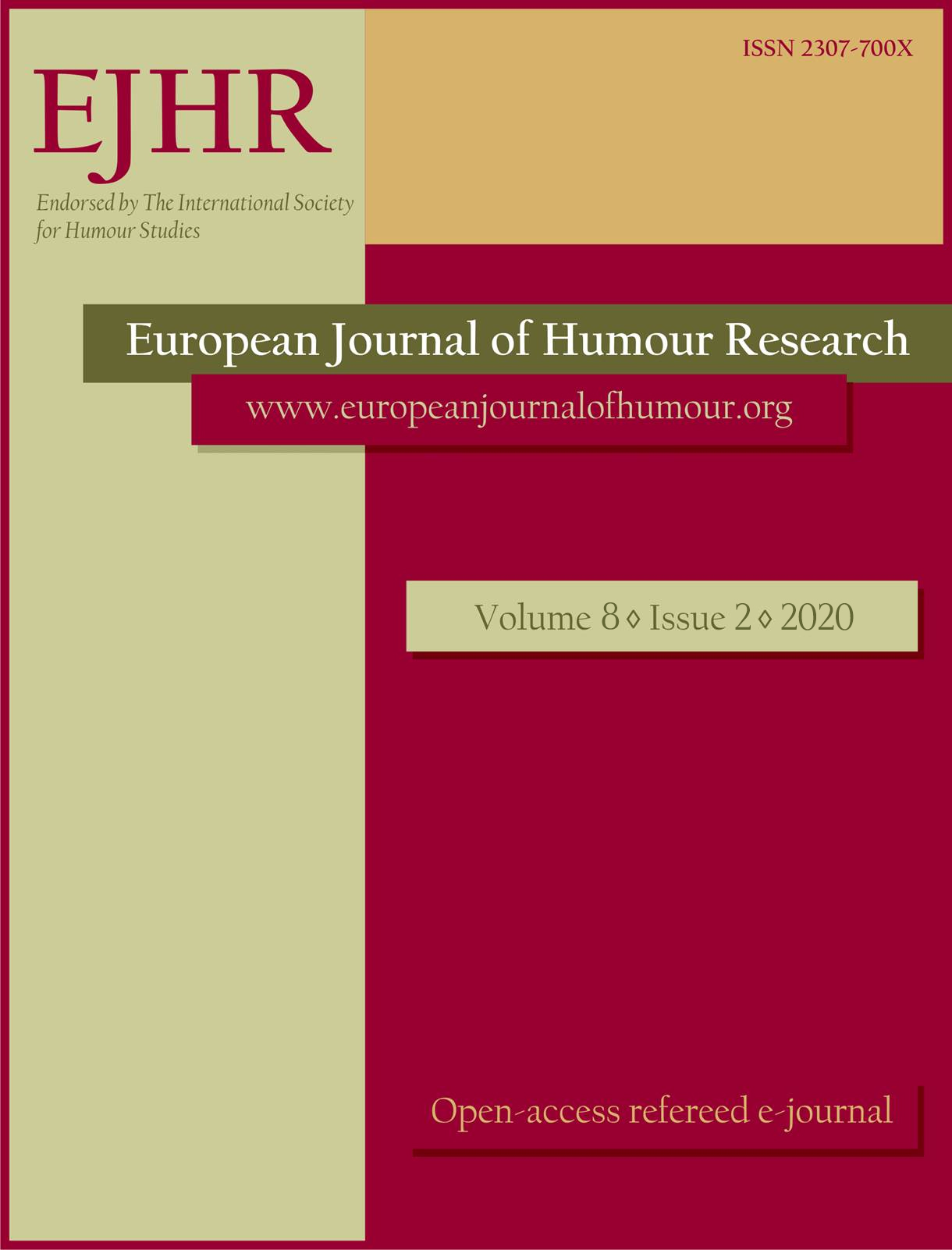Post-climax analysis in toli
Post-climax analysis in toli
the Ghanaian humorous tale
Author(s): Yaw Sekyi-BaidooSubject(s): Anthropology, Social Sciences, Language and Literature Studies, Theoretical Linguistics, Applied Linguistics, Communication studies, Semantics, Pragmatics, Sociolinguistics, Descriptive linguistics, Cultural Anthropology / Ethnology
Published by: Krakowskie Towarzystwo Popularyzowania Wiedzy o Komunikacji Językowej Tertium
Keywords: conversational jokes; incongruity; post-climax; humour;laughter;
Summary/Abstract: Aspects of contextual jokes include the relationship with the goal of the interaction, and the involvement of the audience in the overall manifestation of the joke and its response. Sacks' identification of the ‘response’ or the ‘reaction’ – the final of the three-phased organisation of joke narratives (Sacks, 1974: 337; Attardo, 1994: 307-311) points to an aspect of the manifestation of contextual jokes beyond the fabula or the narration of the tale ‘proper’ to include a part relating to the reaction of the audience. Such reactions may be the joke itself or to its telling. A study of the performance of humorous tales, called toli in Ghana, reveals that the final phase, which we refer to as ‘post-climax’, involves the attention of all players, not to the telling of the tale, but to the incongruity and humour which underlie the very identity of the humorous tale. The post-climax discussion is, thus, an analytical reaction to various points of the tale, which has become an integral part of the performance of the tale as a conversational act, and which contributes extensively to the total manifestation of humour and laughter. Based on incongruity and comic-climax perspectives, the paper discusses the nature and strategies of post-climax, including the association of tale audience and setting, hypothetical extension of tale, incongruity and forced congruity discussions, dramatization and evaluations of realness, through which laughter, the main tenet of the genre, extensively manifests.
Journal: The European Journal of Humour Research
- Issue Year: 8/2020
- Issue No: 2
- Page Range: 68-86
- Page Count: 19
- Language: English

